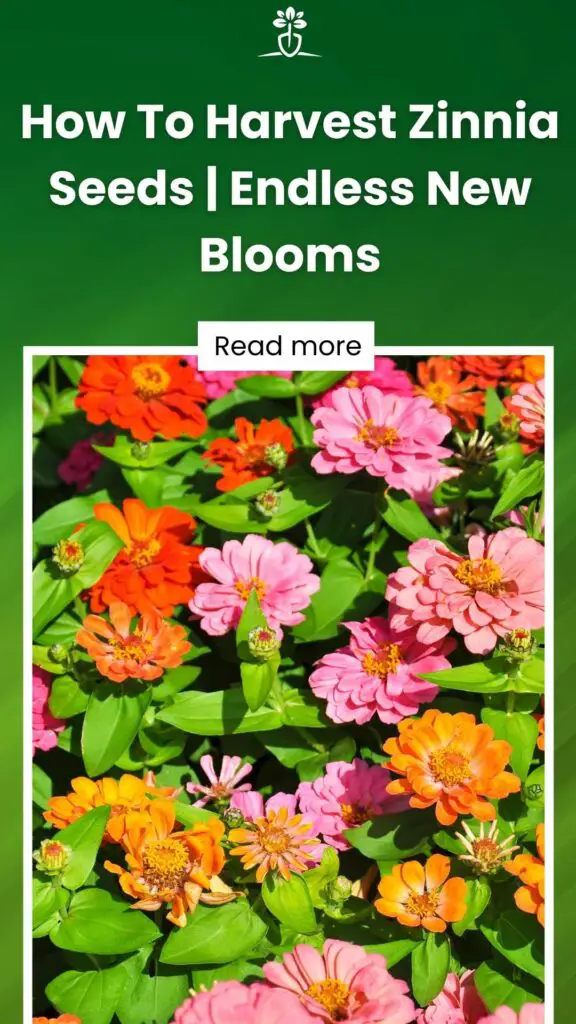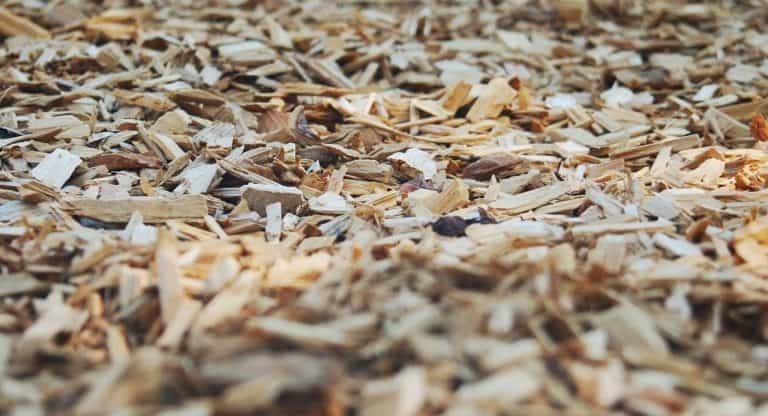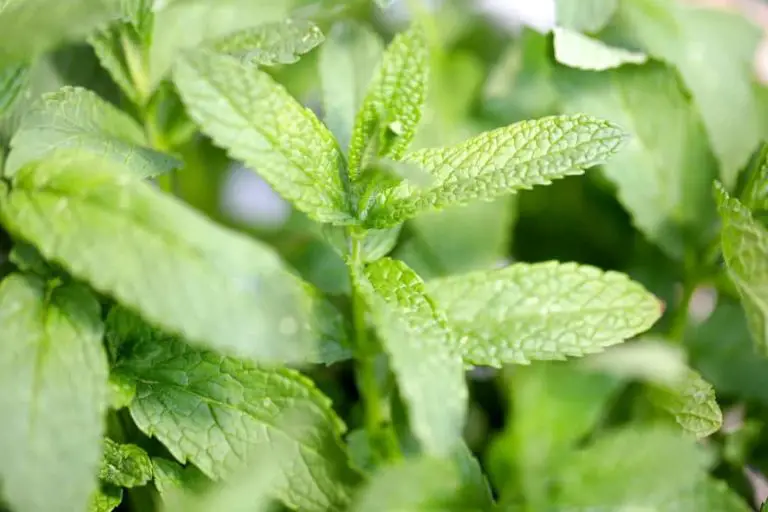How To Harvest Zinnia Seeds | Endless New Blooms
Zinnias are beautiful flowers that come in a variety of colors. They are also very easy to grow from seed. If you want to try growing zinnias, then you should start with seeds.
The good thing about them is that they don’t require much care or maintenance once they are planted.

You can buy seeds at garden centers, nurseries, and even some grocery stores. When buying seeds, look for ones that are labeled as hybrid varieties. These are usually better quality because they contain both male and female plants.
In this article, we will be going through the process of how to harvest zinnia seeds. Therefore, you can always have beautiful zinnias growing in your garden.
Contents
Know Your Zinnias
Before you begin trying to harvest your zinnia plants, you need to understand your plants.
The most important thing you need to be aware of is if your zinnia plant is a hybrid plant or an open-pollinated plant. This is because if you collect seeds from a hybrid plant, then the seeds you collect from this plant may not produce the same flowers.
For example, if there is a certain feature that you like of your zinnia plant, this could be its coloring or that it produces double flowers. If your plant is a hybrid, then the seeds may not produce a flower with those features that you love so much.
As a result, it is best to collect seeds from open-pollinated plants. This is because the seeds will grow true to their parent plant.
Hence, seeds from an open-pollinated plant will grow up to look just like the parent plant that they have come from.
The following are varieties of zinnia plants that are known to be open-pollinated. Therefore, they will grow up to have the same features as their parents.
- Candy Cane
- Canary Birds
- Green Envy
- California Giant
- Lilliput
- Jazzy Mix
- Red Spider
Method: Harvesting Your Zinnia Seeds

The best time to harvest your seeds is to wait until the flower head of the zinnia plant is brown and dry. You want to allow the bloom to dry fully on the plant.
If you harvest the seeds too early, before the plant has gone brown and dry, then the seeds will be too immature and won’t germinate properly.
Step 1
Once the flowers on the plant have become brown and dry, you can either pull or cut them off the plant. If you have different varieties, you may want to keep the seeds separate or label the seeds. That is if you don’t want the seeds to mix together.
Step 2
Place your flower heads onto a screen, so that the seeds can fully dry out. This drying can take up to a week, but this depends on how much moisture the seeds contain.
A good tip is to avoid watering the plants before you are about to harvest the seeds. This will then make sure that the seeds contain as little water as possible.
Step 3
Once the flower heads are dry, it is time to release the seeds from the flower heads.
Begin by spreading paper towels over a flat surface. Take the dry zinnia flower head and hit it lightly on the flat surface to release all the seeds.
Alternatively, you can rub the dried flower head on your fingers. Both methods will release the seeds.
The seeds are arrow-shaped and quite small. Some may stick to the base of the petal, therefore in this scenario, you can just gently pull the seed away.
You will then go on to repeat this process until you have gained all the seeds. We would recommend trying to keep all the different varieties separate if possible.
Step 4
Spread all your seeds out in a thin single layer on a paper plate. Then allow them to air dry for a couple of days. Leave them uncovered, as this will prevent the seeds from growing mold or rotting.
Step 5
Once all the seeds have dried out, you can place them all in a storage bag or a paper envelope. Once again, try to keep the different varieties separate if possible.
Step 6
Keep your seeds safe, until you are ready to sow them. We suggest keeping them out of any direct sunlight, and in a cold, dry place.
Once the frost has passed, this is the ideal time to sow your seeds. You should try to plant your seeds between 3 and 5 years after collecting them.
Planting Your Zinnia Seeds

Seeds need moisture and light to germinate. You should put them in a warm place out of direct sunlight. Zinnia seeds do not require any specific treatment before planting.
Just like all seeds, Zinnias need warmth and moisture to grow well. Moisten paper towels before planting them. Don’t let them get too wet, or they won’t sprout.
Seeds should be planted about 1/4 inch deep in the center of each paper towel. Sprinkle some fertilizer into the paper towels after planting and water daily.
Seeds should be stored at room temperature, in a dark place away from direct sunlight.
Germination rates vary depending on the type of seed. Zinnias should germinate between 3 and 5 days, but at lower temperatures, this can take anywhere between 5 and 10 days to take place.
Once your seeds have sprouted, you can begin sowing the sprouted seeds.
Green Zinnia Seeds
If you find that you have green zinnia seeds, you may wonder if they can be used. When it comes to green zinnia seeds, these seeds are immature. This is because matured seeds typically come from dried and brown flower heads.
The reason you have a green seed is that you have picked the seed from a live zinnia flower. As the seed is green and immature, we can’t be certain that it contains an embryo, which can be used to grow zinnia flowers.
To tell if your green zinnia seed is viable, then you need to pinch the seed between your pinches. If the seed is hard, then you have a viable seed.
You should then gently scratch the coating of the seed. Some of the coating should fall away and if you see a white nut, then your green seed has an embryo. As a result, this seed has a very good chance of completing germination.
Why Should You Save Your Zinnia Seeds
Saving seeds is an easy way to collect free seeds for planting next season. You can plant them this same season if your growing season is long. Zinnias can bloom between 6 and 8 weeks after sowing.
As you can collect a vast amount of seed, you can then share and trade these seeds with family members, friends, or other garden enthusiasts.
Introduce your children to breeding zinnias. Every little one will enjoy helping collect and harvest zinnias from your garden.
The zinnia seeds are big enough and fun enough to make them great for kids to enjoy. Also, as this is an easy task, they can be proud to see the seeds they have harvested and then planted.
They can take pride in their hard work, whilst they watch their own zinnias grow from the seeds they harvested themselves.
Final Thoughts
Zinnias are one of the easiest plants to grow. They are low maintenance and only require watering once per week. The best time to sow zinnias is during the spring months. Sow them directly into the ground when the soil is moist.
By harvesting your own seeds, you will no longer need to purchase aunty seed packets. Thus saving yourself money.
Harvesting zinnia seeds is extremely easy. All that is required is for you to dry the flower heads so that the seeds can properly mature. It is a simple process, and you’ll be able to enjoy your favorite variety of zinnia flowers again and again.



